Discover 15 hidden attractions, cool sights, and unusual things to do in Hampton (United States). Don't miss out on these must-see attractions: Virginia Air and Space Science Center, Fort Monroe, and Old Point Comfort Marina. Also, be sure to include Old Point Comfort Light in your itinerary.
Below, you can find the list of the most amazing places you should visit in Hampton (Virginia).
Table of Contents
Virginia Air and Space Science Center
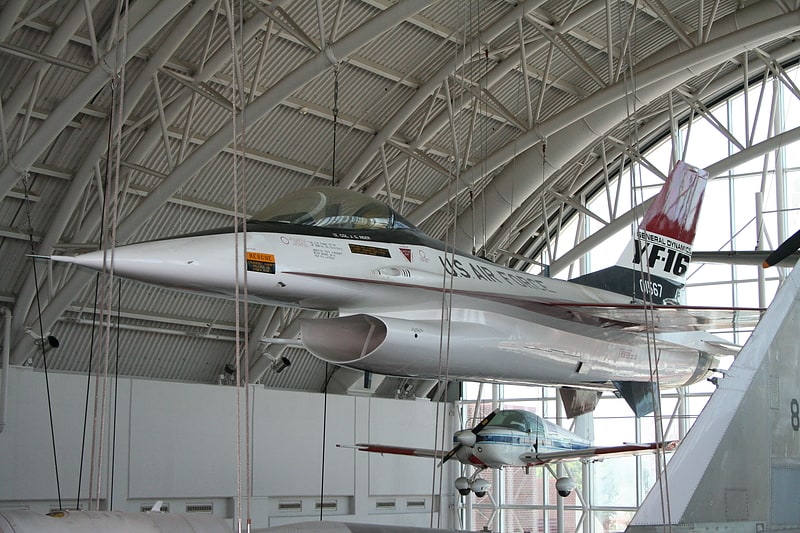
Museum in Hampton, Virginia. The Virginia Air and Space Science Center is a museum and educational facility in Hampton, Virginia that also serves as the visitors center for NASA's Langley Research Center and Langley Air Force Base. The museum also features an IMAX digital theater and offers summer aeronautic- and space-themed camps for children.
The museum includes the Apollo 12 Command Module Yankee Clipper.[1]
Address: 600 Settlers Landing Rd, 23669-4033 Hampton
Fort Monroe
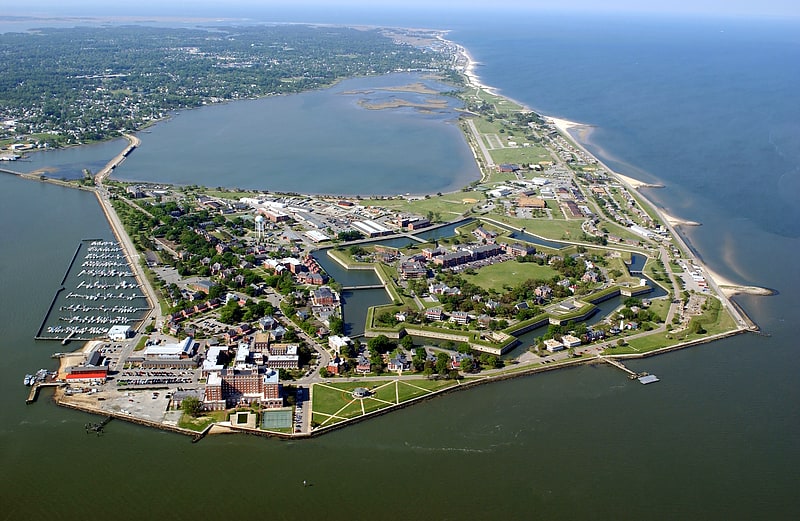
Fort. Fort Monroe, managed by partnership between the Fort Monroe Authority for the Commonwealth of Virginia, the National Park Service as the Fort Monroe National Monument, and the City of Hampton, is a former military installation in Hampton, Virginia, at Old Point Comfort, the southern tip of the Virginia Peninsula, United States. Along with Fort Wool, Fort Monroe originally guarded the navigation channel between the Chesapeake Bay and Hampton Roads—the natural roadstead at the confluence of the Elizabeth, the Nansemond and the James rivers. Until disarmament in 1946, the areas protected by the fort were the entire Chesapeake Bay and Potomac River regions, including the water approaches to the cities of Washington, D.C. and Baltimore, Maryland, along with important shipyards and naval bases in the Hampton Roads area. Surrounded by a moat, the six-sided bastion fort is the largest fort by area ever built in the United States.
During the initial exploration by a mission headed by Captain Christopher Newport in the early 1600s, the earliest days of the Colony of Virginia, the site was identified as a strategic defensive location. Beginning by 1609, defensive fortifications were built at Old Point Comfort during Virginia's first two centuries. The first was a wooden stockade named Fort Algernourne, followed by other small forts. However, the much more substantial facility of stone that became known as Fort Monroe (and adjacent Fort Wool on an artificial island across the channel) were completed in 1834, as part of the third system of U.S. fortifications. The principal fort was named in honor of U.S. President James Monroe. Although Virginia became part of the Confederate States of America, Fort Monroe remained in Union hands throughout the American Civil War (1861–1865). It became notable as a historic and symbolic site of early freedom for former slaves under the provisions of contraband policies. For two years thereafter, the former Confederate President, Jefferson Davis, was imprisoned at the fort. His first months of confinement were spent in a cell of the casemated fort walls that is now part of its Casemate Museum. Around the turn of the 20th century, numerous gun batteries were added in and near Fort Monroe under the Endicott program; it became the largest fort and headquarters of the Harbor Defenses of Chesapeake Bay. In the 19th and 20th centuries it housed artillery schools, including the Coast Artillery School (1907–1946). The Continental Army Command (CONARC) (1955–1973) headquarters was at Fort Monroe, succeeded by the United States Army Training and Doctrine Command (TRADOC) following a division of CONARC into TRADOC and United States Army Forces Command (FORSCOM) in 1973. CONARC was responsible for all active Army units in the continental United States. TRADOC was headquartered at the fort from 1973 until it was moved to Fort Eustis in 2011.
Fort Monroe was deactivated September 15, 2011, and many of its functions were transferred to nearby Fort Eustis. Several re-use plans for Fort Monroe are under development in the Hampton community. On November 1, 2011, President Barack Obama signed a proclamation to designate portions of Fort Monroe as a national monument. This was the first time that President Obama exercised his authority under the Antiquities Act, a 1906 law to protect sites deemed to have natural, historical or scientific significance.[2]
Address: 20 Bernard Rd, 23651-1004 Hampton
Old Point Comfort Marina
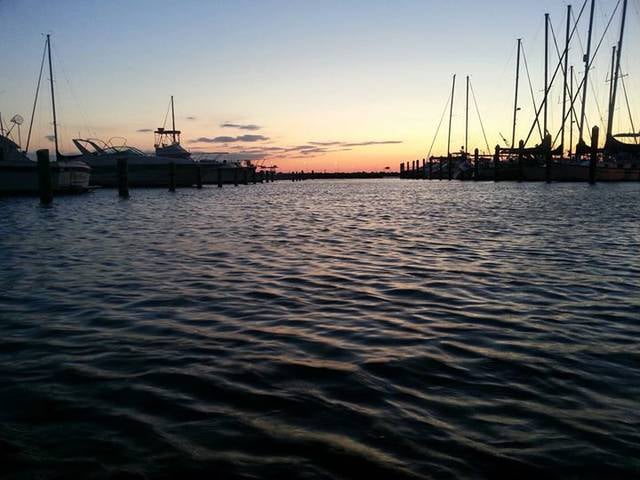
Sailing, Marina
Address: 100 McNair Dr, 23651 Fort Monroe
Old Point Comfort Light
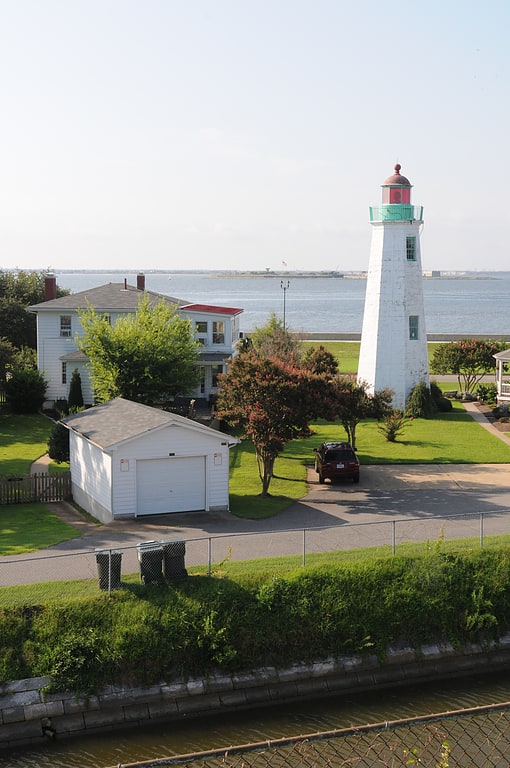
Lighthouse in Hampton, Virginia. Old Point Comfort Light is a lighthouse located on the grounds of Fort Monroe in the Virginia portion of the Chesapeake Bay. It is the second oldest light in the bay and the oldest still in use. The lighthouse is owned and maintained by the U.S. Coast Guard and is listed on the National Register of Historic Places.[3]
Address: 2 Fenwick Rd, Hampton
St. John's Episcopal Church
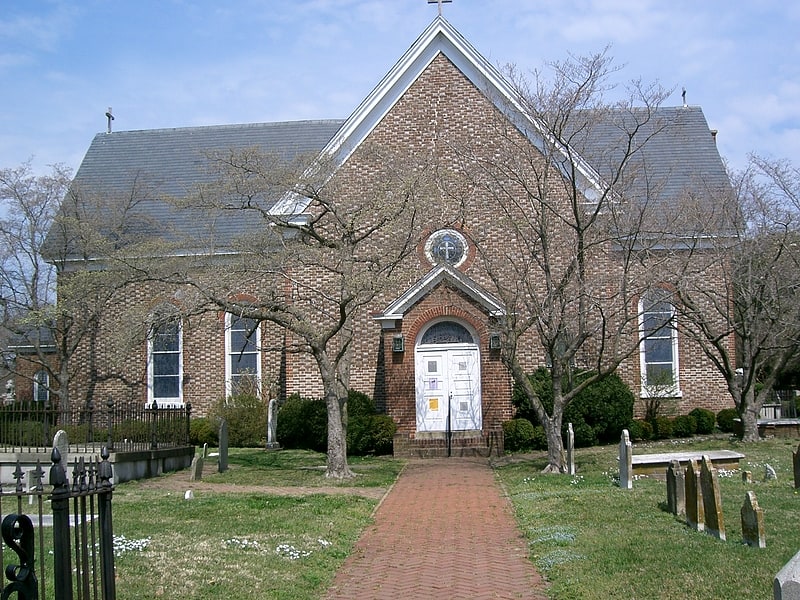
Place of worship in Hampton, Virginia. St. John's is an Episcopal church located in Hampton, Virginia, United States, within the Episcopal Diocese of Southern Virginia. Established in 1610, St. John's is the oldest English-speaking parish in continuous existence in the United States of America.[4]
Address: 100 W Queens Way, 23669 Hampton
Air Power Park

Museum in Hampton, Virginia. The Air Power Park is an outdoor, roadside museum in Hampton, Virginia which recognizes Hampton's role in America's early space exploration and aircraft testing. The outdoor park is open year-round, seven days a week from sunrise to sunset. Several vintage aircraft and experimental space launch vehicles from the 1950s and 1960s are displayed out of doors. The park is on a 15 acres plot and includes a children's playground.
The indoor museum at the center of the park was reopened after a 2011 renovation (with hours more limited than the outdoor part of the park). There are eight themed rooms containing over 325 models of aircraft, space craft, and nautical vessels representing all the U.S. branches of service as well as various model craft from other nations. The park also has a time capsule[5]
Address: 413 W Mercury Blvd, 23666-4313 Hampton
Hampton University Museum
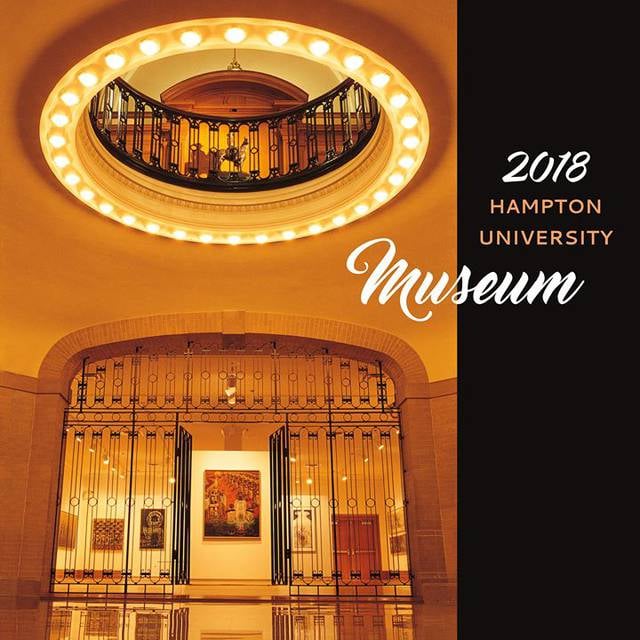
Museum
Address: Hampton University, Hampton
Emancipation Oak
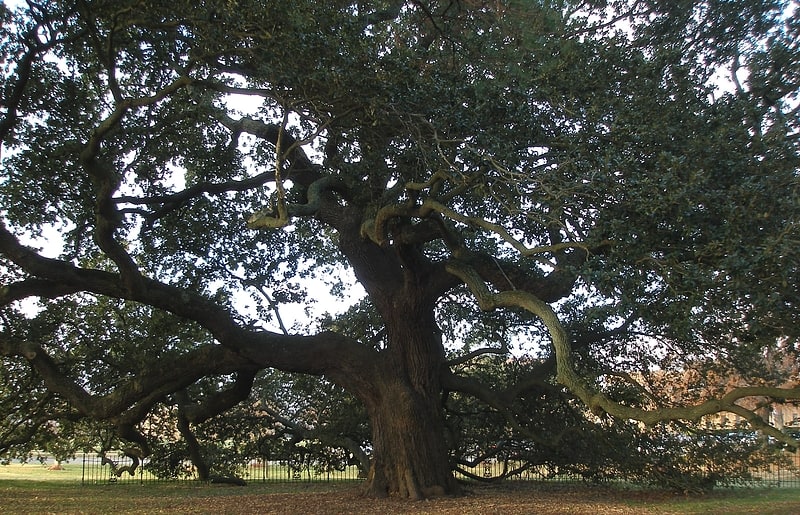
Historical landmark in Hampton, Virginia. Emancipation Oak is a historic tree on the campus of Hampton University in what is now the City of Hampton, Virginia in the United States. The large sprawling oak is 98 feet in diameter, with branches which extend upward as well as laterally. It is designated one of the 10 Great Trees of the World by the National Geographic Society and is part of the National Historic Landmark district of Hampton University. The tree is a southern live oak.[6]
Bluebird Gap Farm
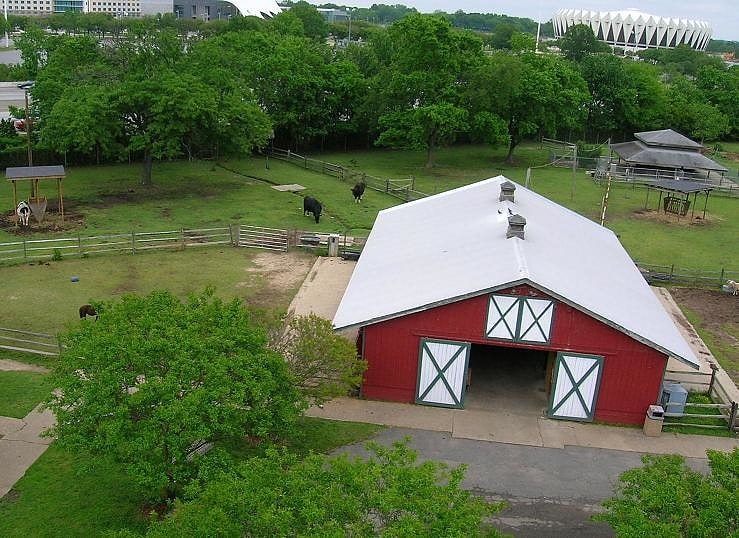
Zoo in Hampton, Virginia. Bluebird Gap Farm is a public city park and petting zoo located in Hampton, Virginia, at 60 Pine Chapel Road. It is designed to resemble a working farm, and features farm animals and fowl of all types, and wild animals native to Virginia.
It is also home to the city's volunteer master gardeners' demonstration garden.[7]
Address: 60 Pine Chapel Rd, 23666-4257 Hampton
Hampton National Cemetery
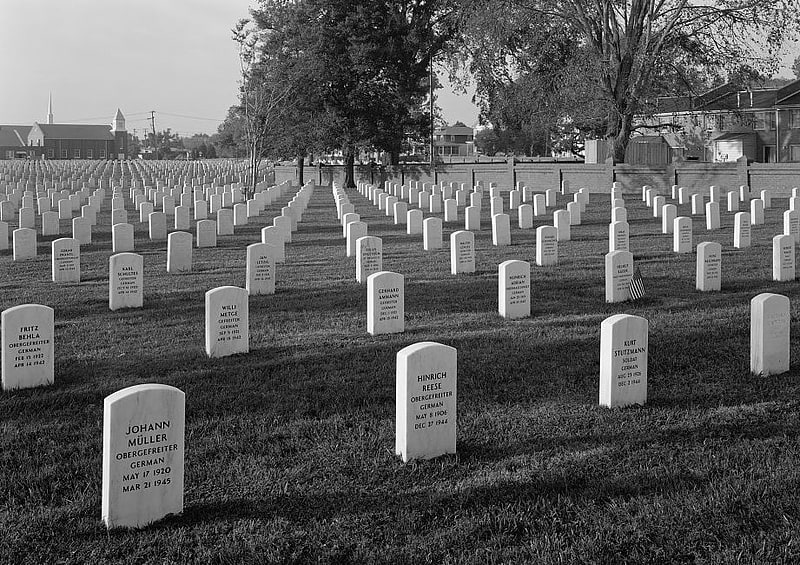
Cemetery. Hampton National Cemetery is a United States National Cemetery in the city of Hampton, Virginia. It encompasses 27.1 acres, and as of 2014, had over 30,000 interments. There are two separate parts to this facility. The original cemetery is called the "Hampton Section" and is located on Cemetery Road in Hampton, VA. It is on the western side of I-64. The new section which is called the "Phoebus Addition" or the "Phoebus Section" West County Street in Hampton, VA east of I-64. It is less than a mile from the original cemetery. Both sections of the Hampton National Cemetery are closed to new interments.[8]
Address: Cemetery Rd. at Marshall Ave., 23669 Hampton
Sandy Bottom Nature Park
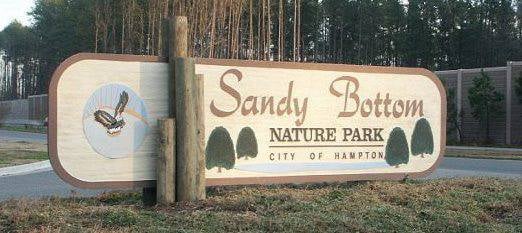
Park, Relax in park
Address: 1255 Big Bethel Rd, 23666-1446 Hampton
The Chamberlin
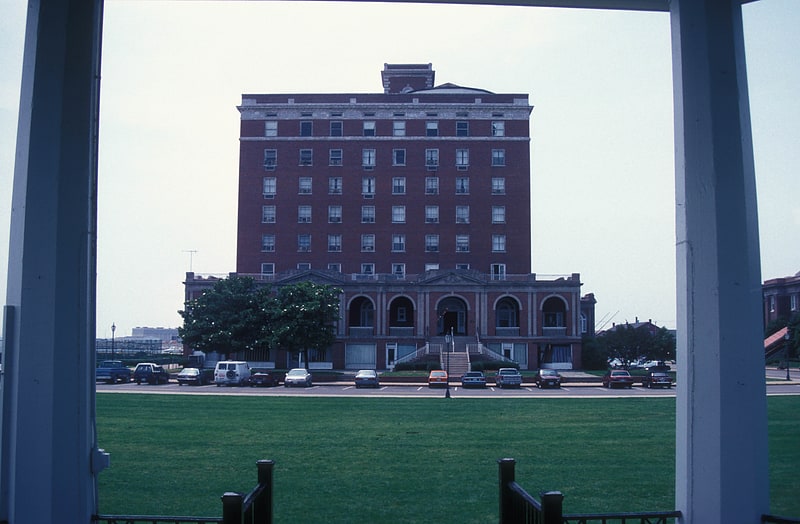
Aged care in Hampton, Virginia. The Chamberlin is a retirement community in Hampton, Virginia, overlooking Hampton Roads at Old Point Comfort. It was formerly known as the Chamberlin Hotel, named for the famed restaurateur and original owner John Chamberlin. The nine-story building sits on historic Fort Monroe and overlooks Fort Wool. Listed on the National Register of Historic Places, it has been renovated from its former life as a hotel into a luxury retirement community for people aged 55 and up.
The second floor has retained the hotel atmosphere while the rest of the floors have been renovated and turned into one- and two-bedroom apartments. A few apartments are used as guest quarters for visiting relatives of residents.
The current building opened in 1928 as the Chamberlin-Vanderbilt Hotel, under the direction of Marcellus E. Wright Sr. with Warren and Wetmore consulting. It replaced an earlier Chamberlin Hotel, designed by Washington, D.C. architects John L. Smithmeyer and Paul J. Pelz and completed in 1896, which had in turn replaced the Hygeia. The current building originally had two large cupolas on its roof but these were removed during World War II because they were visible from out in the ocean beyond the Virginia Capes and it was feared that they could potentially aid a hostile German warship cruising offshore in targeting Fort Monroe. They were never replaced after the war.[9]
Address: 2 Fenwick Road, 23651 Hampton
Little England Chapel

Chapel in Hampton, Virginia. Little England Chapel was founded by George C. Rowe. A printer at Hampton Institute, Rowe began the Sunday School with three Newtown children, in a small section of his home. The Sunday School became so popular that they needed more space to hold the Bible sessions.[10]
Address: 3922 Kecoughtan Road, Hampton
Quarters 1
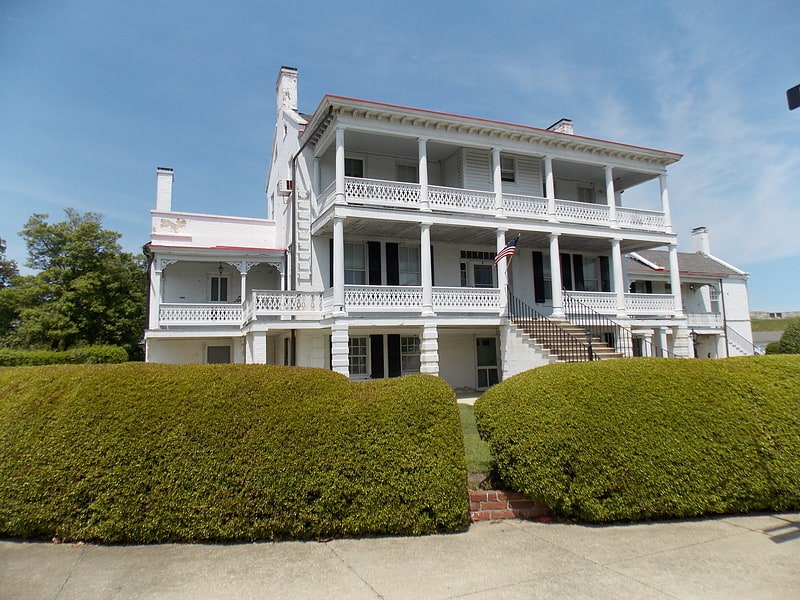
Quarters 1, also known as Building 1, is a historic officer's quarters located at Fort Monroe, Hampton, Virginia. The original section was built in 1819, and consists of a three-story, central block, double pile residence with flanking, two-story wings in the Federal style. The northern wing, containing a large kitchen and cistern below, was erected as a separate building in 1823 and later connected to the main building in 1871. The 1871 connecting structure includes an octagonal solarium. The front facade features two-story porches, with carpenter Gothic railings, that were added during the last quarter of the 19th century. The interior features an elliptical staircase and an elliptical dome.
The building was designed as a residence and headquarters for Fort Monroe's commanding officer. It served as headquarters of Fort Monroe from 1819 to 1907. It served as the quarters used by Abraham Lincoln while planning the attack on Norfolk during the American Civil War. Fort Monroe was decommissioned on September 15, 2011.
It was listed on the National Register of Historic Places in 2011.[11]
Armory
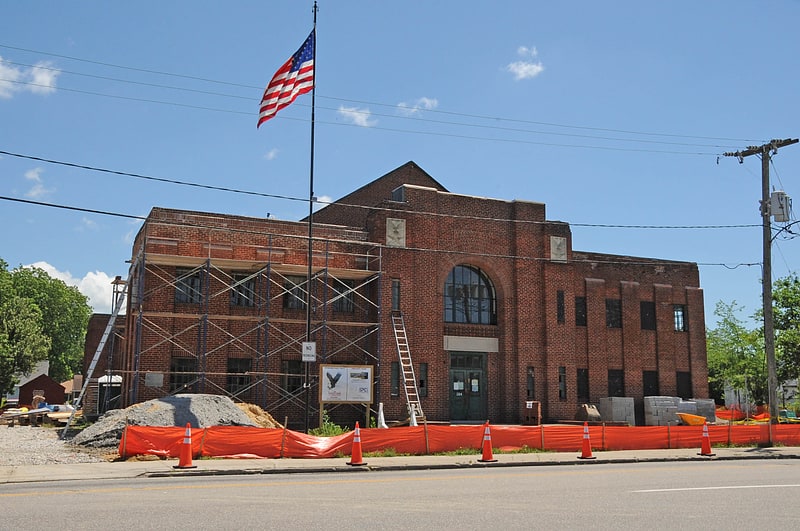
The Hampton National Guard Armory is a history military facility at 504 North King Street in Hampton, Virginia. A large brick building with Moderne styling, it was built in 1936 with funding support from the New Deal-era Works Progress Administration, and is one of the few surviving armories built in the inter-war period in coastal Virginia. It originally housed Battery D of the 111th Field Artillery, and was used as a community meeting space for dances and other social events.
The building was listed on the National Register of Historic Places in 2016.[12]
Address: 504 North King Street, Hampton